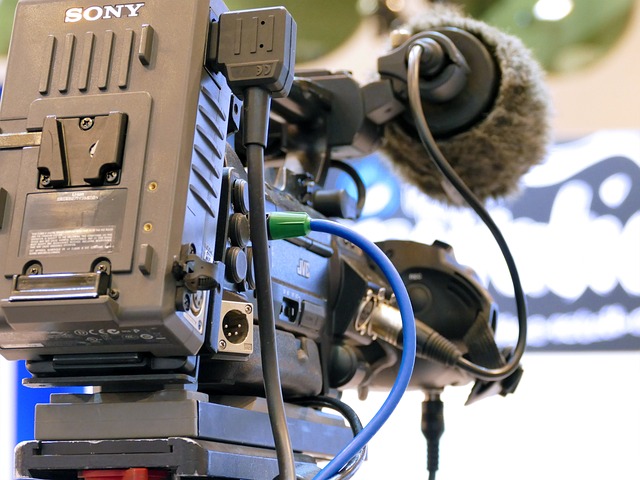Tech Setup Guide for Reliable Video Calls and Stable Connectivity
A reliable tech setup reduces interruptions and supports focused remote work. This guide highlights the core elements that improve call quality and network stability, from basic connectivity checks to ergonomic device placement and simple routines that reduce friction during meetings.

A dependable tech setup makes remote interactions smoother and reduces time lost to troubleshooting. Start by assessing your current network and device capabilities, then apply practical adjustments for audio, video, and workspace arrangement. This article covers connectivity, ergonomic device choices, lighting and acoustics, furniture and cable management, scheduling habits, and simple comfort touches that help maintain productivity during extended remote work periods.
How should a remote setup prioritize connectivity?
Reliable connectivity is the foundation for consistent video calls. Use a wired Ethernet connection where possible for lower latency and fewer dropouts; if you must use Wi‑Fi, place the router centrally and consider a dual‑band 5 GHz network for less interference. Test your upload and download speeds and aim for upload speeds of at least 3–5 Mbps for stable group calls. Keep bandwidth-hungry apps closed during meetings, enable Quality of Service (QoS) settings on routers when available, and consider a mesh Wi‑Fi system or an extender for larger spaces.
What ergonomic choices improve posture and productivity?
Ergonomic choices for devices and furniture reduce physical strain and support sustained productivity. Position your monitor or laptop screen at eye level to avoid neck flexion, and use an external keyboard and mouse if using a laptop. Adjust chair height so feet rest flat and knees are roughly at hip level; lumbar support helps maintain good posture during long calls. Short, scheduled breaks and simple stretches help prevent fatigue. Ergonomic improvements also reduce distractions caused by discomfort, helping you stay focused during remote work sessions.
How to optimize lighting and acoustics for calls?
Good lighting and basic acoustic control significantly improve perceived call quality. Place light sources in front of you to avoid backlighting; natural light is helpful but add a soft fill light for balance during early mornings or evenings. For acoustics, reduce echo with soft materials—rugs, curtains, or a room divider—and place your microphone close to your mouth to minimize background noise. If background noise is unavoidable, use a directional microphone or headset with noise cancellation. Test camera framing and audio before important meetings to confirm both are clear.
Furniture, storage, and cable strategies for organization
Furniture and storage choices influence organization and the overall look of your workspace. Choose a desk height that supports comfortable typing and space for devices, with storage solutions that keep frequently used items accessible but out of the camera frame. Use cable organizers, adhesive clips, and cable sleeves to keep cords tidy and prevent accidental disconnections during calls. Label chargers and cables for quick identification, and reserve a drawer or shelf for spare accessories like chargers, adapters, and headphones to minimize last‑minute searches.
How can scheduling and routines support a stable workspace?
Consistent scheduling and simple routines reduce technical stress and increase productivity. Block time for focused work and separate slots for calls to avoid back‑to‑back meetings. Create a pre‑call checklist—check connection, mute settings, camera framing, and notifications—to avoid interruptions. Keep a small troubleshooting routine: quickly restart your router or device if issues arise, and have an alternative device or hotspot ready for critical meetings. Predictable routines also help maintain mental focus and make transitions between tasks smoother in a remote environment.
Can plants and small touches boost comfort and focus?
Small environmental touches can support comfort and concentration during remote work. Houseplants add visual relief and may improve perceived air quality and mood, helping reduce stress during long stretches of online meetings. A clean, organized workspace with personal but minimal decor reduces cognitive clutter and keeps the camera background professional. Integrate ergonomic accessories like a laptop stand or wrist rest to maintain posture, and ensure storage solutions keep the desk surface clear for important equipment and note taking.
Conclusion A reliable setup for video calls balances technical measures—stable connectivity, adequate bandwidth, and quality audio/video—with practical workspace design, ergonomic choices, and consistent routines. Address both hardware and environmental factors to reduce interruptions and support sustained productivity during remote work. Regular testing and small, incremental improvements will keep calls stable and the workspace comfortable over time.





